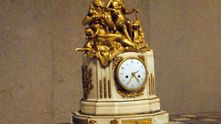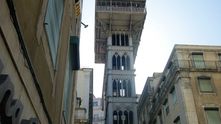After we had finished the sightseeing of Fronteira Palace’s beauties we set our hearts on the certain epoch and went to the Museum named after Galust Gyulbenkyan. The museum and the fund named after Galust Gyulbenkyan were founded after his death under his will.

Galust Sarkis Gyulbenkyan (Port. Calouste Sarkis Gulbenkian); 23 March 1869, Istanbul — 20 July 1955, Lisbon) is a businessman and a billionaire of Armenian origin, the largest oil baron of the mid-XXth century. He is a cofounder and an intermediate of a great number of oil companies. He is the founder of «Iraq Petroleum Company», who laid the ground for oil production in the Near East. He is famous in Russia as the main buyer of the canvases from the Hermitage collection.

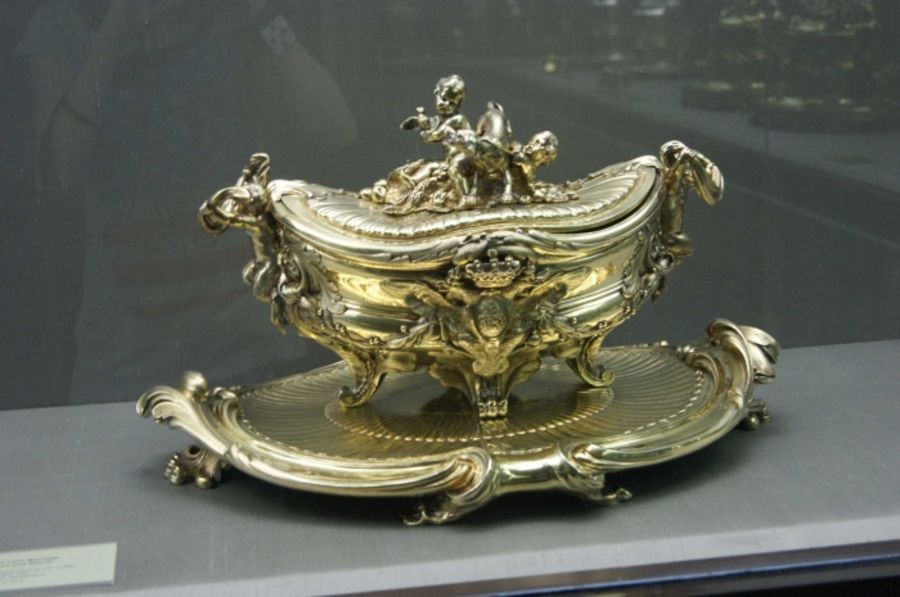
After Gyulbenkyan death the charity fund was created under his will, which inherited not only the oil share of Gyulbenkyan, but also the richest collection of art works amassed by him. The Fund gathered and conserved the major part of his collections. In our generation the museum named after Gyulbenkyan in Lisbon is rightly considered one of the best in its kind. The museum houses the Fund Public library, comprising 125 000 titles.
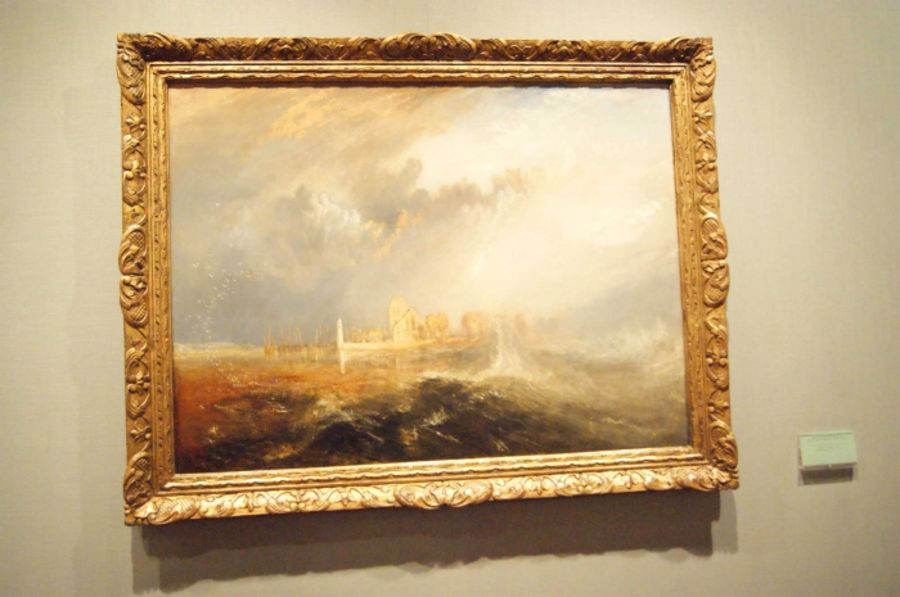

We liked the collection of silver dishware and furniture very much.


On the last day of our visit to Lisbon we decided to make a quiet pedestrian tour around the old center of the city in the district Baixa with a walk along the pedestrian street (R.Augusta), which is off the square (Port. Praca do Comercio) and to view necessarily the city elevator Elevador de Santa Justa.

Baixa, Baixa Pombalina is one of the central areas in Lisbon. It is located in the low ground between two hills and due to this location the name of it was determined (Port. Baixa — low). Baixa is limited by Rossiu Square on the northern side and Commerce Square in the south. Mediaeval Baixa was completely destroyed by catastrophic Lisbon earthquake of 1755. The recovery efforts were conducted under the leadership of Marques Pombal.
Baixa is one of the most popular areas of Portuguese capital with tourists. There is a great number of shops, cafes and souvenirs stalls here.
On the whole the area struck us as quiet and very tourist, where you can walk till late night. Even rough sleepers, who sit in the street, appeared not to be as impudent as for instance in Paris. There in Paris this contingent contrasts to the environment much more.

Here also as for example in Barcelona Rambles living statues stand and “dancers dance” (I am sorry for tautology).
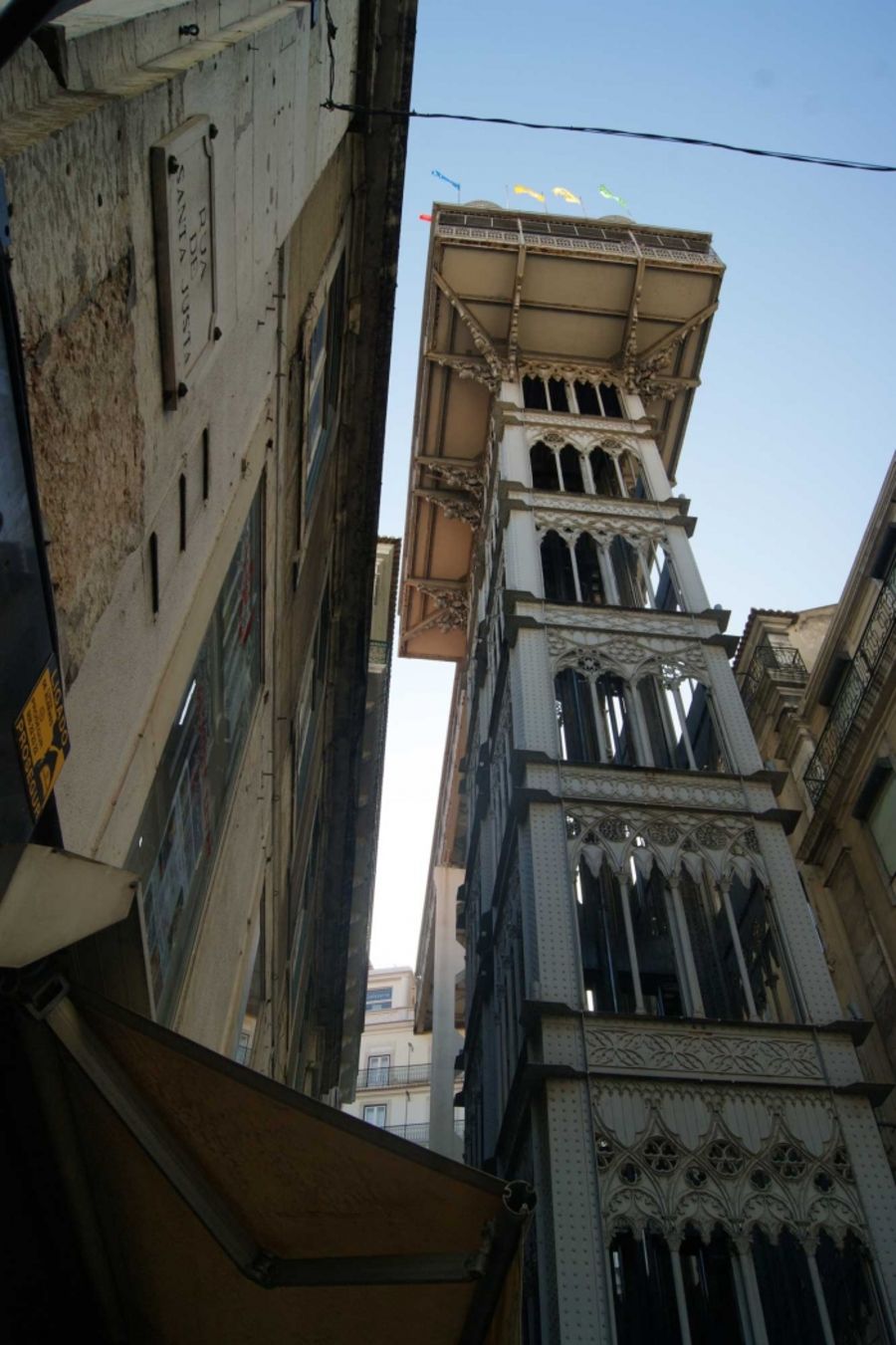


Elevador do Carmo (Port. Elevador do Carmo) is an elevator in Lisbon (Saint Nicholas parish ), which has been operating to help pedestrians to overcome a steep slope since 1902 , joining Rua do Oro street (downwards) with Largo do Carmo square (upwards). It connects lowland district Baixa and highland Chiado.
The author of the project was Raul de Ponsard. This object was recognized as the monument of national meaning in 2002.
The construction of the elevator is made of cast iron, the façade of the construction is decorated in a new Gothic style. The height of the construction is 45 m and the height between bound levels is 32 m.


The most splendid view on the lowland part of Lisbon opens from the top of the viewing platform.
The return ticket is functional, that is you can use it for going up and down. But we walked down and did not regret, as we ran across interesting places with street musicians and shops on our way (that was very actual on our last but one day of stay in Portugal).

And of course the visiting card of Lisbon is an old yellow tram. The tourists go by it, they draw and photograph it
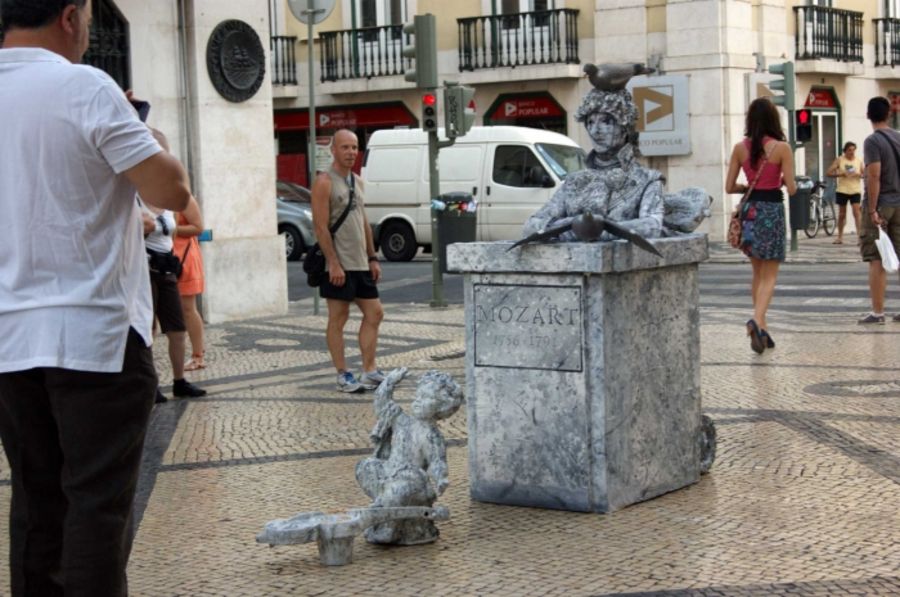

Along with it a modern carriage speeds up as the witness of the progress and it is yellow as well.

In general we were enraptured by Lisbon. It is a very quiet cultural city. It is awarded the title of Cultural Capital of Europe for a good reason.
What a pity that we have to quit Portugal but it is time to go home.
(Previous parts: Part 1 , Part 2,Part 3, Part 4, Part 5,Part 6,Part 7,Part 8, Part 9, Part 10,Part 11, Part 12)
























